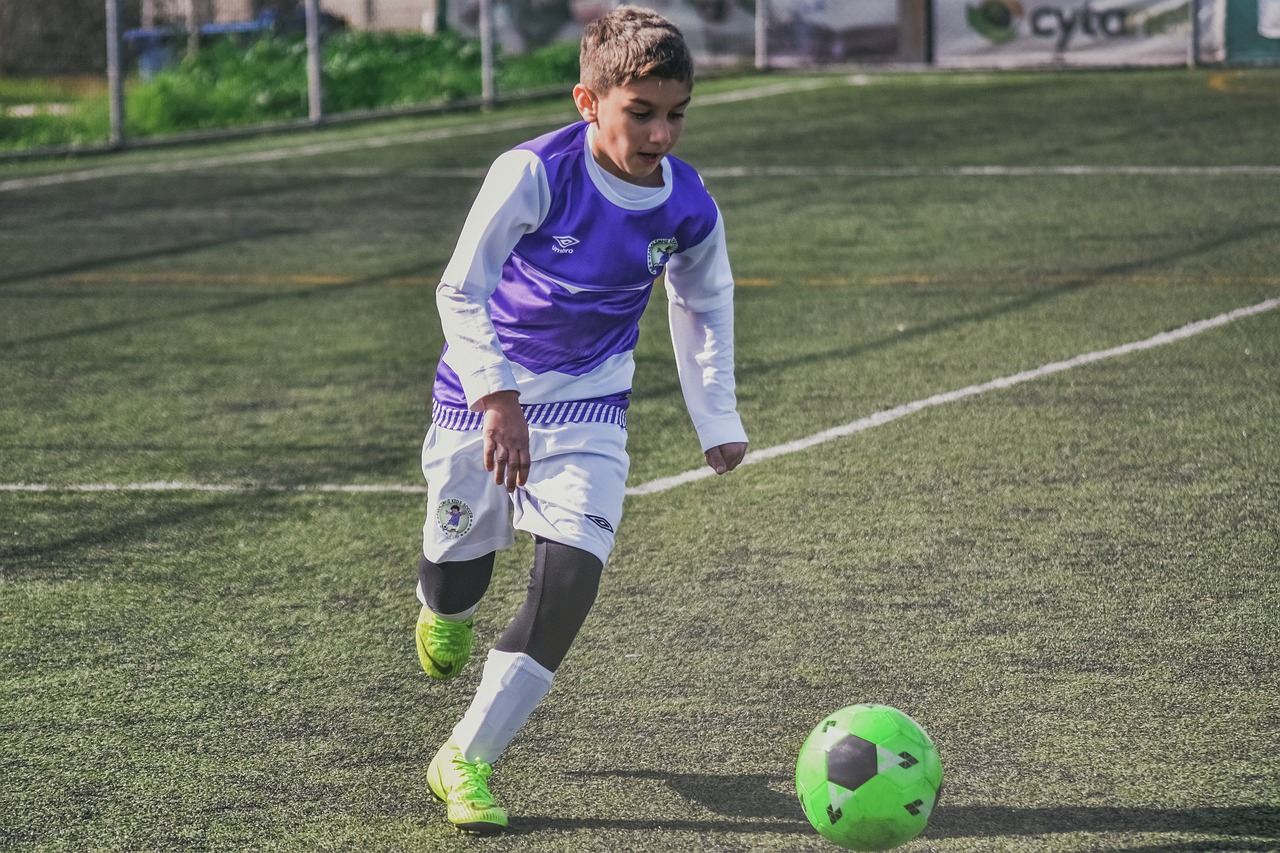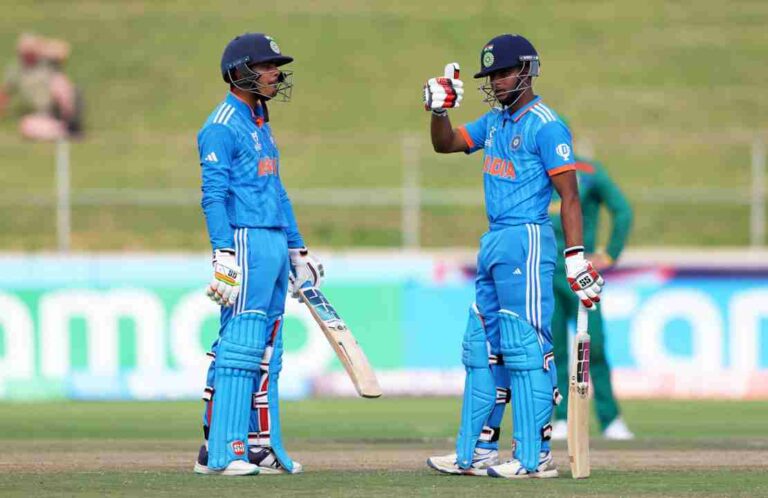Analyzing the Impact of Player Workload Management in Cricket
Sky247, Sky247 Login: Cricket players are constantly under physical strain due to the demanding nature of the sport. One of the key factors affecting player workload is the frequency of matches. With international tours, domestic competitions, and various formats of the game, players often find themselves playing back-to-back matches without sufficient rest.
In addition to match frequency, the intensity of play also plays a significant role in determining player workload. High-pressure situations, close games, and long hours spent on the field can all contribute to physical and mental fatigue. It is crucial for teams to monitor player workload closely and implement strategic rest periods to ensure optimal performance and prevent burnout.
Importance of Rest and Recovery in Player Performance
Rest and recovery are crucial components of an athlete’s training regimen. In cricket, where players engage in rigorous physical and mental activity, giving the body time to recuperate is essential. Without adequate rest, players are at a higher risk of injury and burnout, which can significantly impact their performance on the field.
Moreover, proper rest allows the body to repair and strengthen muscles, leading to improved overall performance. When players prioritize recovery, they enhance their physical and mental well-being, enabling them to consistently perform at their best during training sessions and competitive matches. Emphasizing rest and recovery not only benefits the individual player but also contributes to the team’s success as a whole.
How can excessive workload affect a player’s performance in cricket?
Excessive workload can lead to fatigue, increased risk of injury, burnout, and decreased performance on the field.
What are some key factors affecting player workload in cricket?
Factors such as match schedule, travel demands, training intensity, and playing conditions all contribute to a player’s workload in cricket.
Why is rest and recovery important for player performance?
Rest and recovery are crucial for allowing the body to repair and adapt to the stresses of training and competition, leading to improved performance and reduced risk of injury.
How can players optimize their rest and recovery routines?
Players can optimize rest and recovery by prioritizing sleep, incorporating proper nutrition, utilizing active recovery techniques, and listening to their bodies to know when to take a break.
What are some signs that a player may need more rest and recovery?
Signs such as persistent fatigue, decreased performance, increased irritability, and nagging injuries are indicators that a player may need more rest and recovery in their routine.





